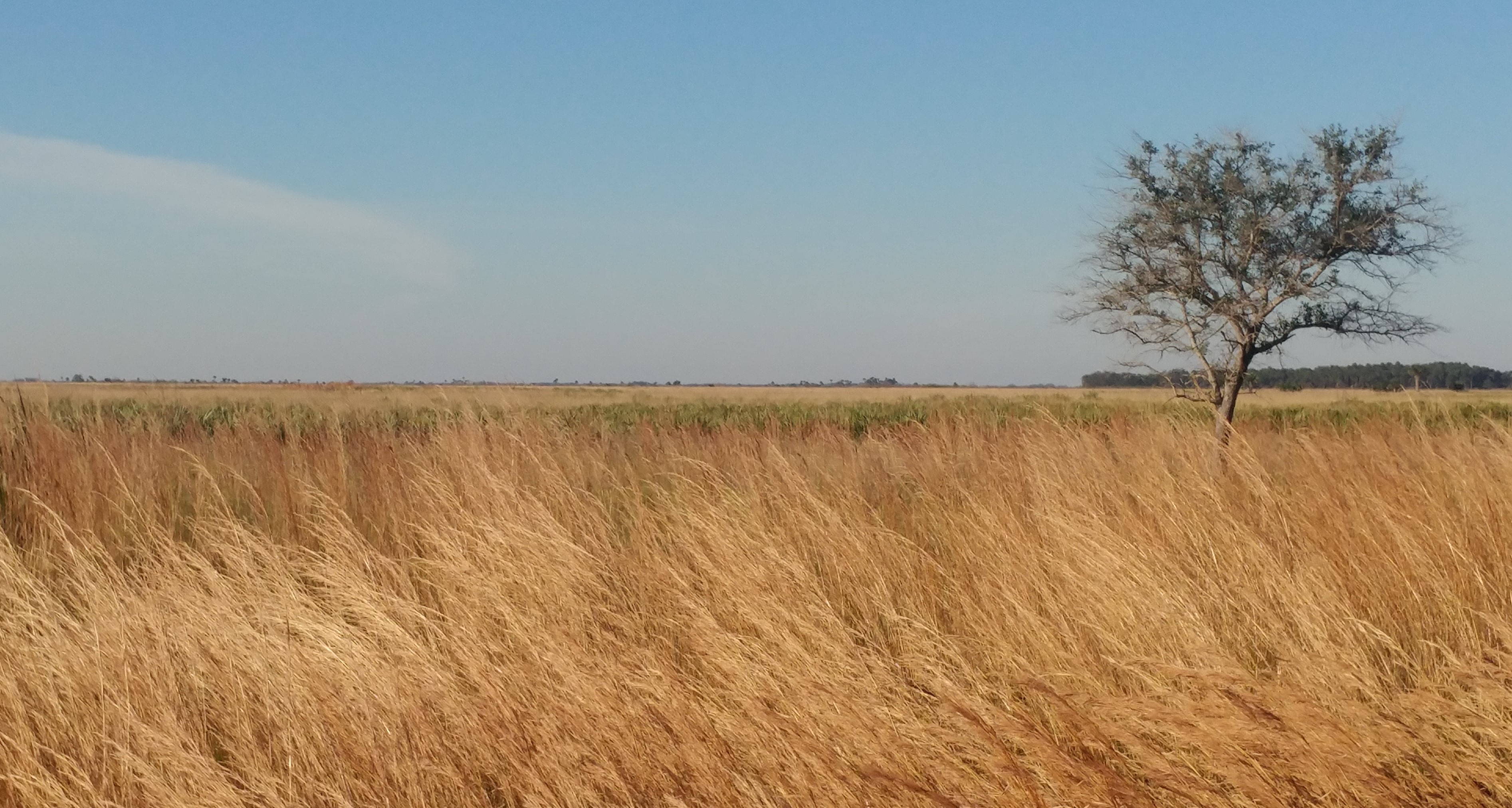
Where We Burn
Learn About the Different Environments
This is where we apply prescribed burn and how it benefits those specific ecosystems.
Dry Prairie
The dry prairie is a community of low shrubs, herbs and grasses. Many of these shrubs are stunted, including saw palmetto and live oak. There is a frequent fire return interval of one to two years.

Mesic Flatwoods
Mesic flatwoods are easily identified by the open canopy of tall pine trees and understory of palmettos and grasses. Flatwoods are maintained in structure by frequent fire typically with a one- to five-year fire return interval. This keeps the understory open and prevents shrubs from becoming dominant. Some species found in flatwoods are fire dependent. Wiregrass produces seeds and flowers only after it has been burned.
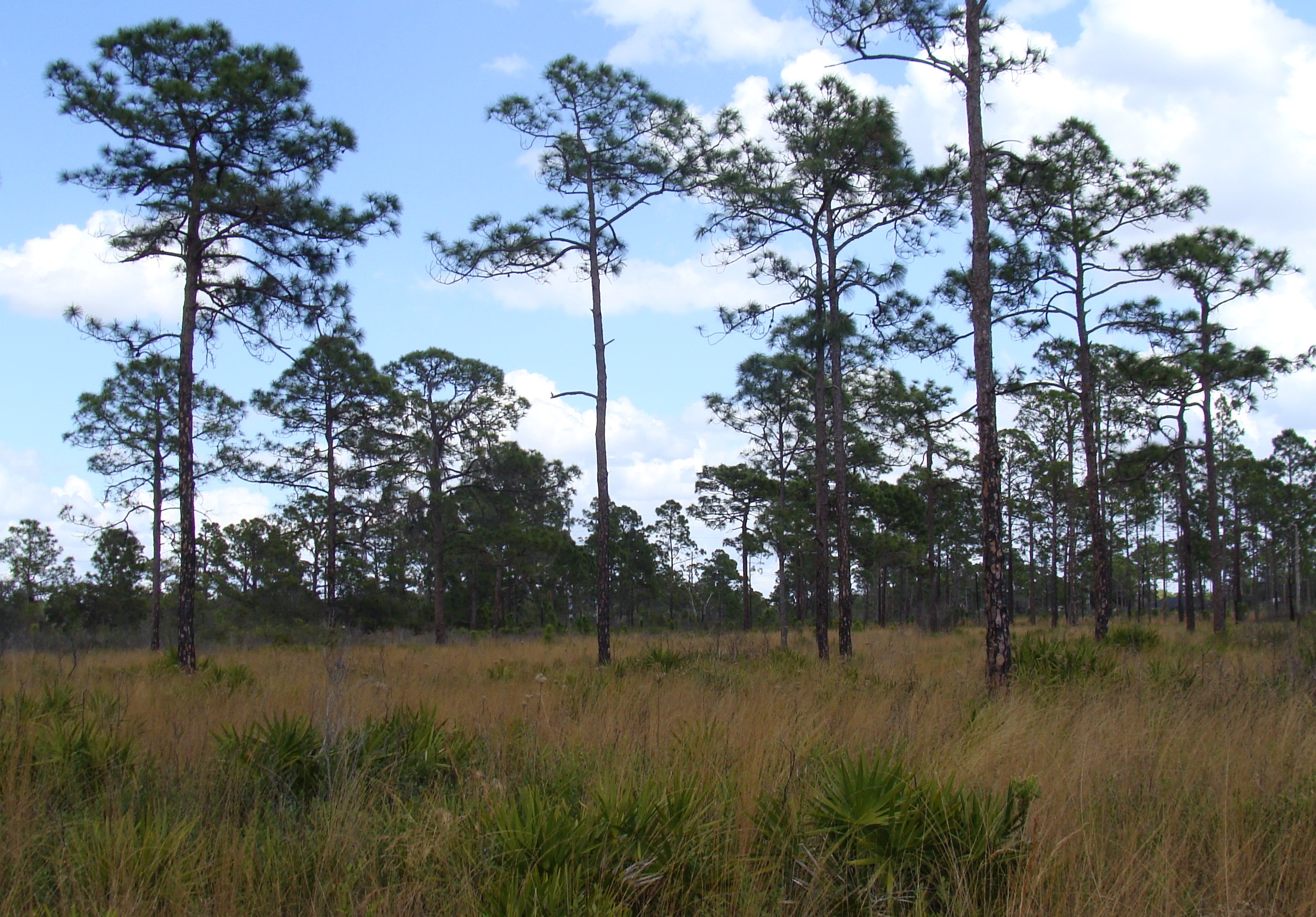
Sandhill
Sandhill is found in high dry areas with sand openings breaking up grasses and herbs beneath the pockets of trees dispersed throughout the area. Fire is a key component of a healthy sandhill, preventing non-fire adapted species from becoming established in open areas. The fire return interval is one to five years.
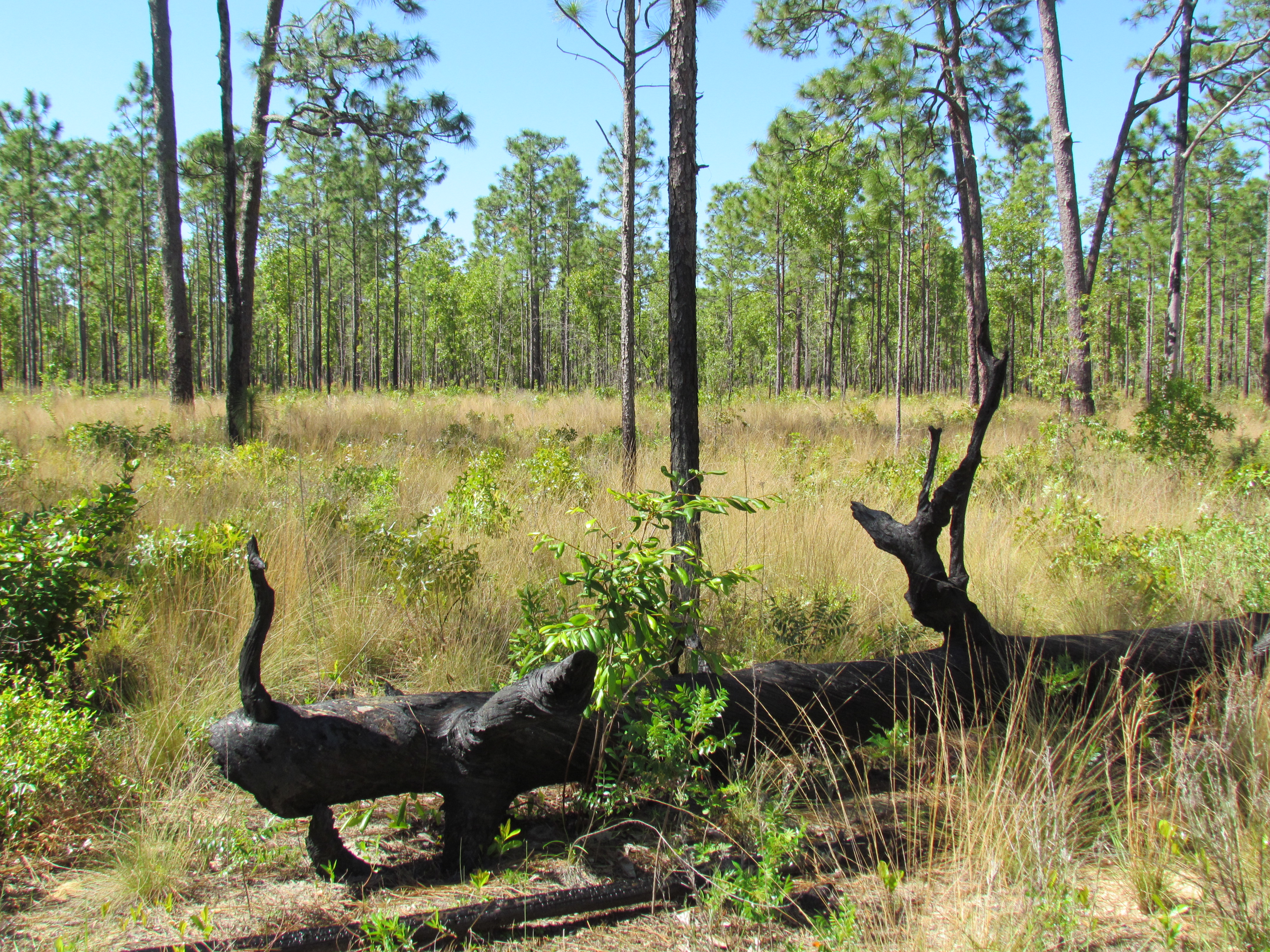
Scrub
Healthy scrub is hot and dry and will have large patches of bare sand and sparse ground covers including grasses, lichens and flowering plants. There will be clumps of shrubs and a scattering of isolated overstory trees. Due to a lack of fuel available to burn, the fire return interval on scrub it is considered to be 15 to 20 years.
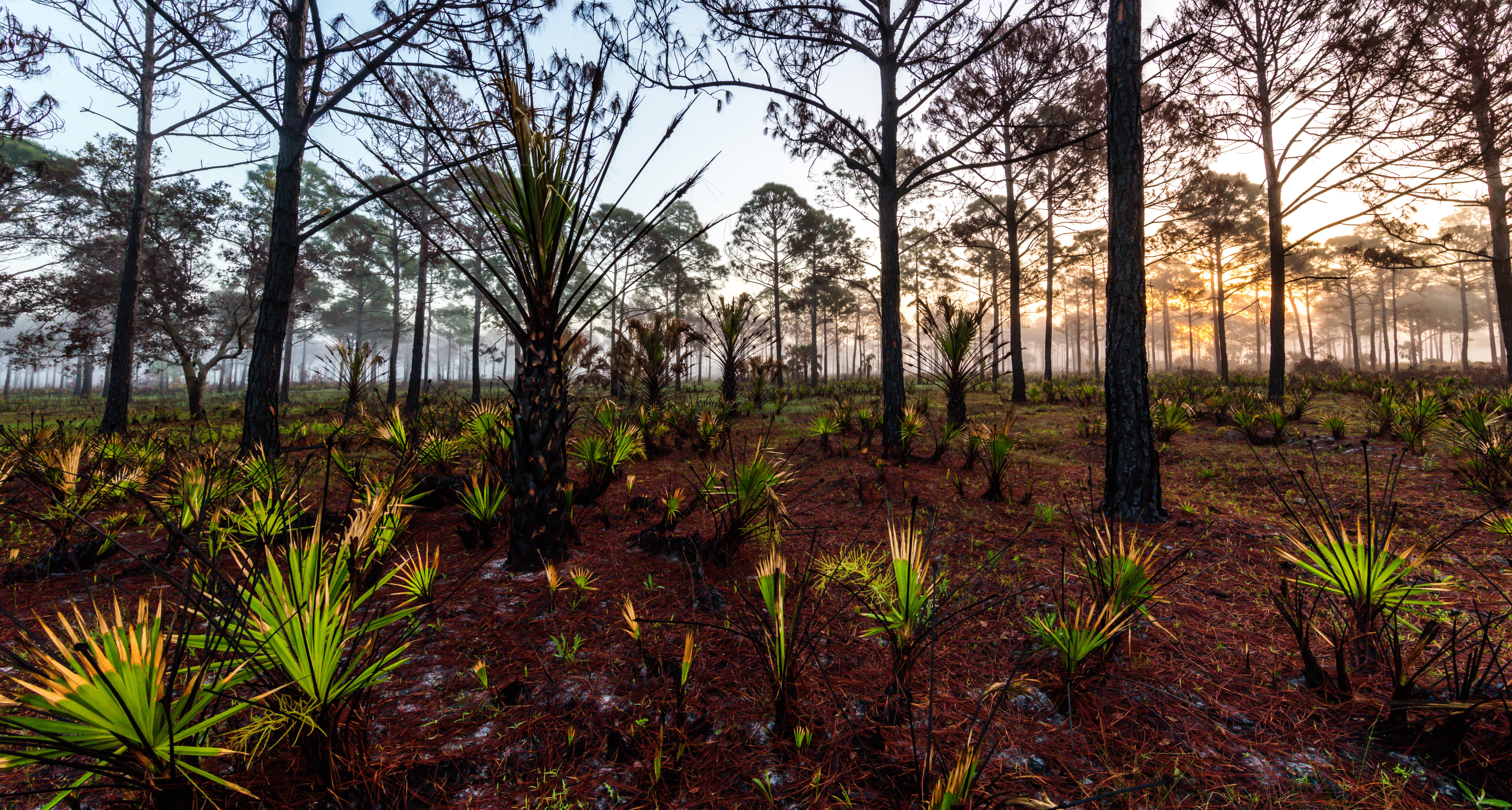
Scrubby Flatwoods
Scrubby flatwoods have a widely spaced open pine canopy and an understory composed mostly of scrub oak and saw palmetto with small patches of bare sand. The fire return interval for scrubby flatwoods is highly variable, ranging from five to 15 years. This variable fire regime is also accompanied by mosaic burn effects.
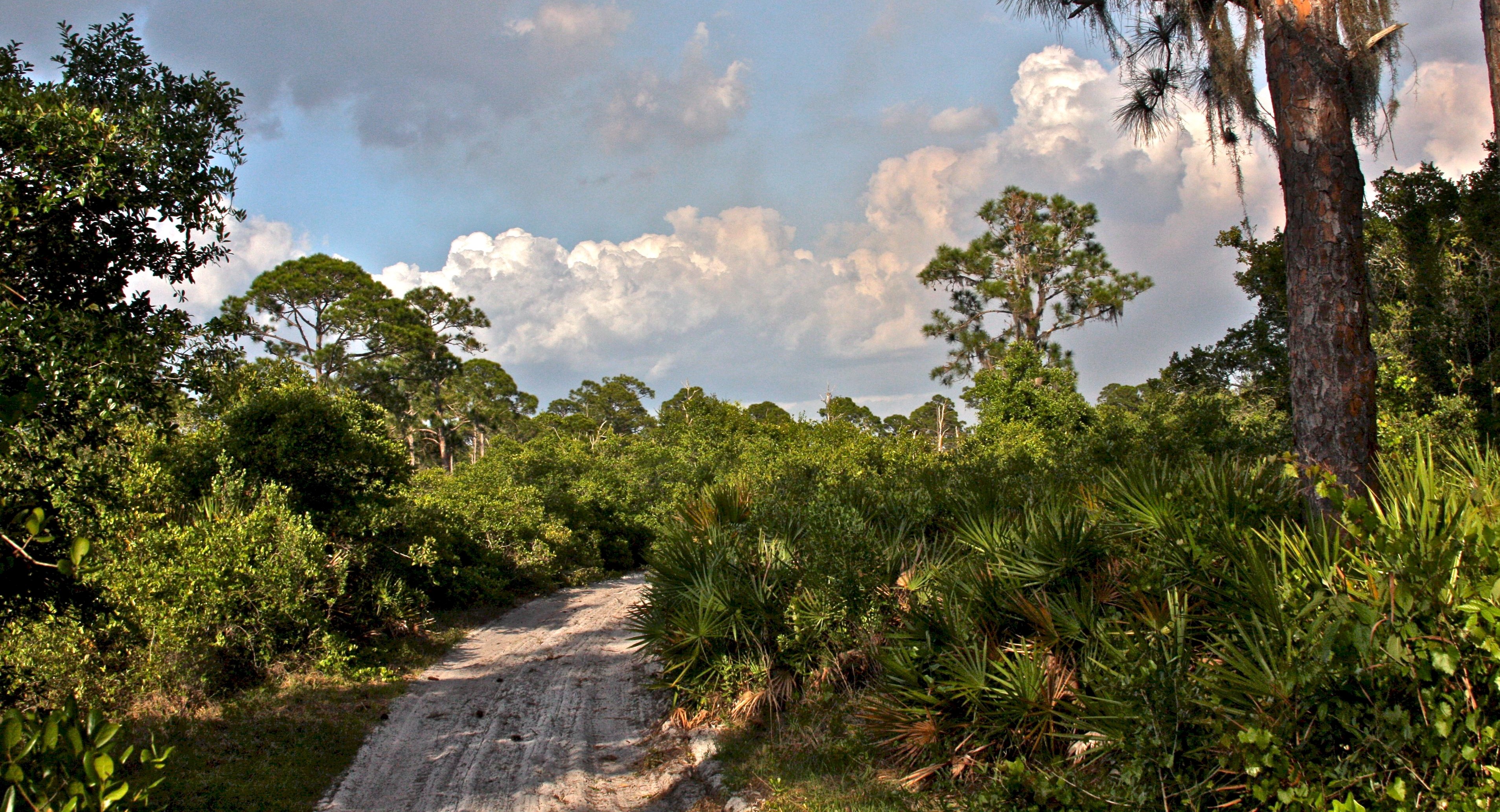
Wet Flatwoods
Wet flatwoods consists of a pine overstory usually made up of longleaf, slash and pond pine. There is often a dense groundcover of water-tolerant grasses, shrubs and herbs. Flatwoods are maintained in structure by frequent fire, typically with a one- to five-year fire return interval. This keeps the understory open and prevents shrubs from becoming dominant.
